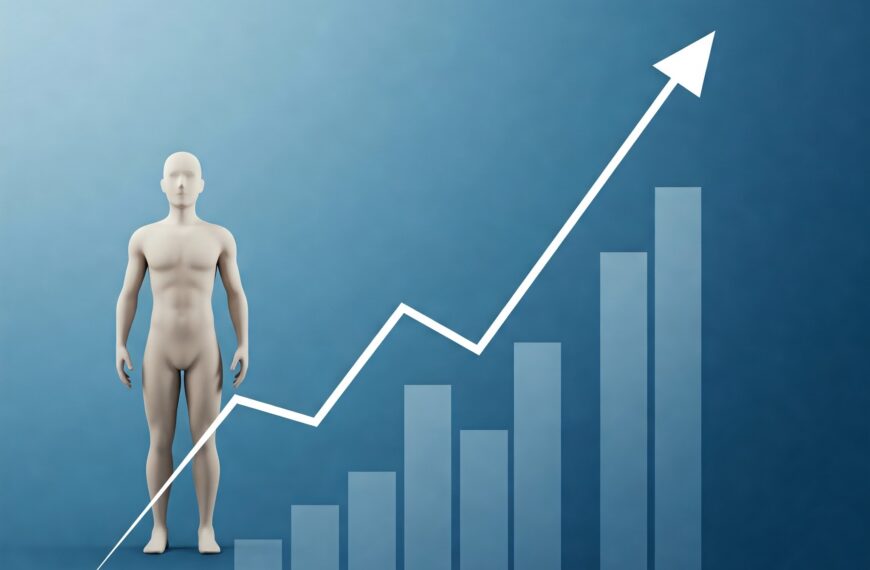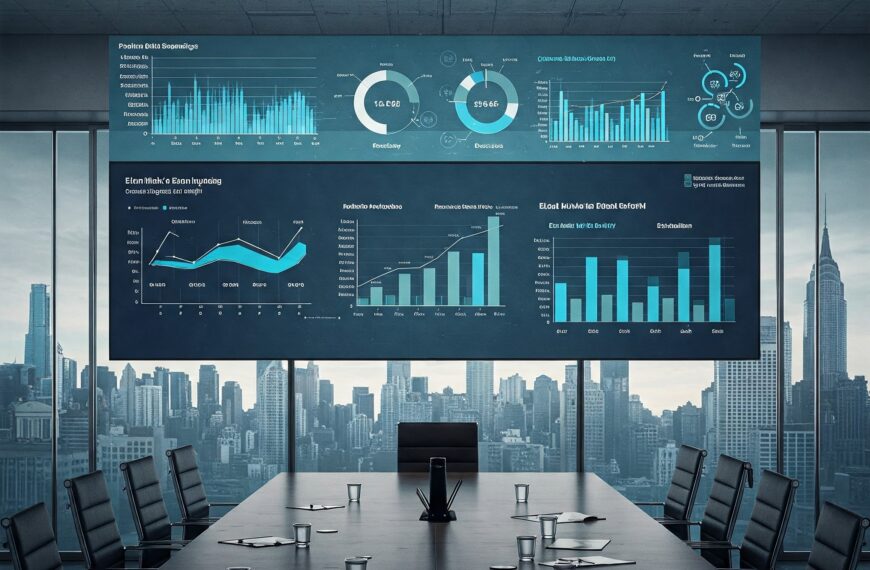The U.S. economy is entering a new phase of uncertainty as Federal Reserve Chair Jerome Powell warned that newly implemented tariffs are likely to drive up inflation and slow economic growth. In a closely watched address in Northern Virginia, Powell signaled a shift in the central bank’s outlook, highlighting the unexpected size and potential longevity of inflationary pressures caused by the trade policies of the Trump administration.
Key Highlights from Jerome Powell’s Address:
| Factor | Powell’s Statement |
|---|---|
| Tariff Impact | “Significantly larger than expected… likely to raise inflation in coming quarters” |
| Economic Growth | “Likely to slow as a result of higher tariffs” |
| Policy Path | “Too soon to say what the appropriate path for policy will be” |
| Fed’s Strategy | “Waiting for clarity… ensure temporary price hikes don’t trigger persistent inflation” |
Powell emphasized that the Federal Reserve will closely monitor inflation expectations and core economic data before making any decisions about interest rate adjustments. He reiterated the Fed’s commitment to keeping long-term inflation expectations anchored, stating: “Avoiding longer-lasting inflation will depend on keeping expectations in check.”
Market Reactions to Tariff News
The financial markets responded swiftly to Powell’s remarks and the broader economic uncertainty sparked by retaliatory trade actions from China.
| Index | Weekly Performance (as of Mar 29, 2025) |
|---|---|
| S&P 500 | -6.0% (Worst week since March 2020) |
| Dow Jones Industrial Average | -2,200 points |
| Nasdaq Composite | -5.9% |
These declines highlight growing investor anxiety over a potential recession. Notably, the yield on the 10-year U.S. Treasury fell below 4%, signaling expectations of slower future growth and lower inflation.
Global Implications: China’s Retaliation
In a direct response to the U.S. tariffs, China imposed a 34% tariff on all American imports. The move has deepened concerns over an escalating trade war and its ripple effects across global markets.
According to Reuters:
- The global economy, already grappling with high borrowing costs and weak consumer demand, is now under additional pressure.
- The World Trade Organization (WTO) estimates that trade tensions could shave 0.8% off global GDP growth by the end of 2025.
Fed’s Inflation Outlook: A Closer Look
In February 2025, the Fed’s preferred inflation gauge—Core PCE (excluding food and energy)—rose to 2.88%, already above the central bank’s 2% target. This figure preceded the latest tariffs, indicating that inflationary pressures were building even before the policy shift.
| Inflation Metric | February 2025 Reading | Fed Target |
|---|---|---|
| Core PCE Inflation | 2.88% | 2.00% |
| CPI (Consumer Price Index) | 3.1% | 2.00% |
What’s Next for Monetary Policy?
While President Trump has urged the Fed to cut interest rates to offset the impact of tariffs, Powell has remained firm in the central bank’s apolitical stance. The Fed is currently holding the federal funds rate at 4.3%, opting for a data-dependent approach.
Key indicators the Fed will be watching:
- Long-term inflation expectations (e.g., University of Michigan Surveys, TIPS spreads)
- Labor market data
- Business investment trends
- Consumer spending resilience
A Time of Cautious Patience
The Federal Reserve finds itself in a difficult position—balancing the need to control inflation without stifling economic growth. With geopolitical tensions rising and financial markets showing signs of strain, the central bank is likely to proceed with caution.
Powell concluded his remarks by underscoring the Fed’s role: “It is our job to ensure that a one-time increase in prices does not lead to ongoing inflation.”













